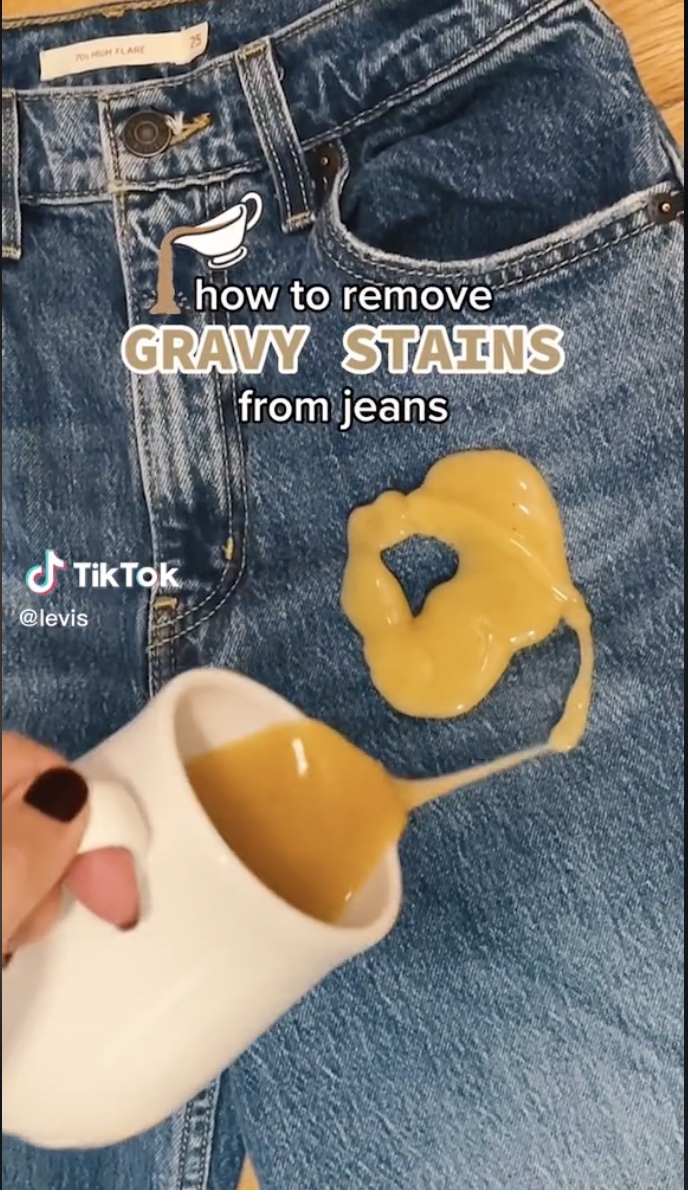[ad_1]
Video is now the main way people consume content online. Much of that video content is pure entertainment, but consumers are itching for branded videos. In fact, 91% of people say they’d like to see more videos from companies they support.
In response, brands are investing more in video marketing content than ever to meet such strong engagement and potential ROI. Of the marketers who responded to Wyzowl’s State of Video Marketing 2023 report, 92% say video gives them a good return on their investment.
Yet marketers are still challenged by new, fast-moving video formats that continue to redefine the landscape.
Let’s explore three emerging video formats and how brands can integrate them into brand awareness and lead-generation campaigns.
Top 3 video formats and how they drive engagement
Brand videos can be lighthearted, but there’s a danger in thinking of video as only a top-of-the-funnel (TOFU) asset. If executed well, video formats such as short-form, live streaming, and user-generated content can serve all stages of the marketing funnel.
As you execute your video marketing strategy this year, keep these trends in mind.
1. User-generated videos
User-generated content (UGC) videos, from unboxings to tutorials to reviews, can help build trust in a brand because they come from regular people who simply enjoy the products they’re posting about.
But UGC can also meet middle and bottom funnel goals such as leads and sales. Nearly eight out of 10 consumers say user-generated content highly impacts their purchasing decisions. As any consumer can tell you: a thumbs up from a fellow shopper is often the final push to click the buy button.
The benefits of user-generated videos are clear, but that doesn’t mean marketers should throw out branded content. Combining user-generated videos with more polished, professionally generated videos is the sweet spot for most brands.
To get your brand fans to submit UGC videos, you should:
- Ask followers who are active on your brand’s social channels to shoot short videos using your product. In return, you’ll feature them on those channels. (Ask users to keep it short and simple. You’re not looking for a documentary!)
- Run contests that encourage customers to create short videos. Incentivize them with gift cards and other rewards. Good examples are shoe brand DSW’s #DSWCutLoose campaign on TikTok and GoPro’s #MillionDollarChallenge on Instagram)
- Create Google Alerts to capture any mentions of your brand online. This is a great way to discover existing user videos. Be sure to always ask users for permission before reposting their videos.
2. Live streaming
Live streaming — defined as video streamed in real-time where viewers can interact by liking and commenting — delivers numerous benefits, including humanizing your brand, generating revenue, and expanding your target audience. Livestreams are also affordable to produce if you have a smartphone, basic lighting gear and microphones, and decent on-camera talent.
It helps that consumers strongly prefer live video, too. Facebook Live videos drive three times more engagement and 10 times the amount of comments than traditional videos.
Livestreams can take on many forms. Big, elaborate events such as conferences switched to a livestream model during the pandemic. But tech giants like Google (Google I/O), Microsoft (Microsoft Build), IBM (IBM Think), and Apple (WWDC) have continued to stream their conferences because they’ve experienced firsthand how live streaming can increase a conference’s reach beyond in-person boundaries.
As for more specific examples of live streaming, Q&A sessions are becoming more popular. Typically, a host will answer viewer questions or do a fireside chat-type interview with an industry influencer or customer. Enterprise software provider SAP live streams conversations with its high-profile customers each month in a series called “Better Together: Customer Conversations.” In 2021, Salesforce live streamed a series of Q&As with industry influencers on LinkedIn Live as 600,000 organic viewers watched.
Some brands have taken to live streaming to teach new skills. Adobe, for instance, live streams classes for illustration, photography, and graphic design taught by influencers in the creative space.
On the consumer side, one of the hottest ecommerce live streaming trends is live shopping, where an influencer promotes brand products in real-time. Consumers tune in to learn, chat, and purchase products directly from inside the live video.
To live stream effectively, consider the following.
- Have a plan. What are you trying to accomplish? What are the topics you want to cover? What is the structure of the live event? What’s the takeaway for viewers?
- Live stream where your audiences live. That could be Instagram, Facebook, TikTok, YouTube, Twitter, or LinkedIn. To promote your livestream, start advertising it two weeks in advance, and then send out a reminder a week before the livestream, and then a day before, and then two hours before. Promote it via emails, newsletters, and blog posts, as well as on all social channels where your brand is active.
- Record the livestream and repurpose it in blog posts, embed it email newsletters, and
turn excerpts into Instagram Stories or TikTok videos. Livestreams can generate interest long after the actual stream happens.
3. Short-form video content
Influenced by TikTok, Instagram Reels, and YouTube Shorts, short-form videos that use humor, music, and on-screen text were the most popular type of content on social media in 2022.
And brands noticed. Ninety percent of marketers who leveraged short-form video in 2022 plan to keep doing it this year. It also has the highest ROI of all social media marketing strategies.
Whether your brand serves up short-form video on TikTok, Instagram, or YouTube, the best practices are similar.
4. Be authentic and informal
With short-form video, your job is to quickly entertain and inform consumers using a conversational style, on-screen captions, polls and quizzes, and of course, music. On-camera talent matters, so tap your brand’s subject matter experts — or influencers, if possible — to give your short-form videos authority and personality.
Don’t use short-form video as a sales vehicle, though. Soft selling is OK if the video is about the lifestyle around a brand rather than the product itself, as L.L. Bean does brilliantly in this Instagram Reel.
5. Get to the point immediately
According to Facebook data, 45 percent of people who watch the first three seconds of a video will watch for 30 seconds.
Every second counts, so start talking or offering on-screen captions the millisecond your video starts. This TikTok video from Levi’s about stain removal gets your attention right away and holds it (without any spoken words!).
6. Stay on a publishing schedule
Your brand should post short-form videos consistently during the week. The number of videos per week varies by platform — the rule of thumb for TikTok is at least once a day, but for Instagram, social experts recommend four to seven Reels per week.
Brands should experiment with video post volume and monitor audience feedback. The key is to be consistent. Algorithms favor regularly scheduled content, and your audience will look forward to your videos if they know they’re coming.
Posting consistently also provides more accurate data on what works for your target audience and what time of day they’re likely to engage with your videos.
A chance to refocus strategies around video content
Consumers have spoken: They prefer video content over written content.
But if you’re stuck in the past creating long-winded videos focused on your product and not your audience, you won’t engage with the millions of consumers craving short bursts of lively, visual information.
And that audience includes two key demographics for most brands: Gen Zers and millennials, who now list short-form video as their preferred format to learn about new products. To keep up with the demand, marketers will invest more in short-form videos in 2023 than any other social media trend. Why? Because they’re seeing consistent engagement and ROI.
If your brand is not yet a believer in video content, 2023 may be your wake-up call. Let this be the year you stop treating TikTok as a punchline and prioritize UGC, live streaming, and short-form video within your marketing strategy.
To stay informed on all the content trends that matter, subscribe to The Content Strategist for more insight on the latest news in digital transformation, content marketing strategy, and rising tech trends.
Image by
Semih Akgul
[ad_2]
Source link











